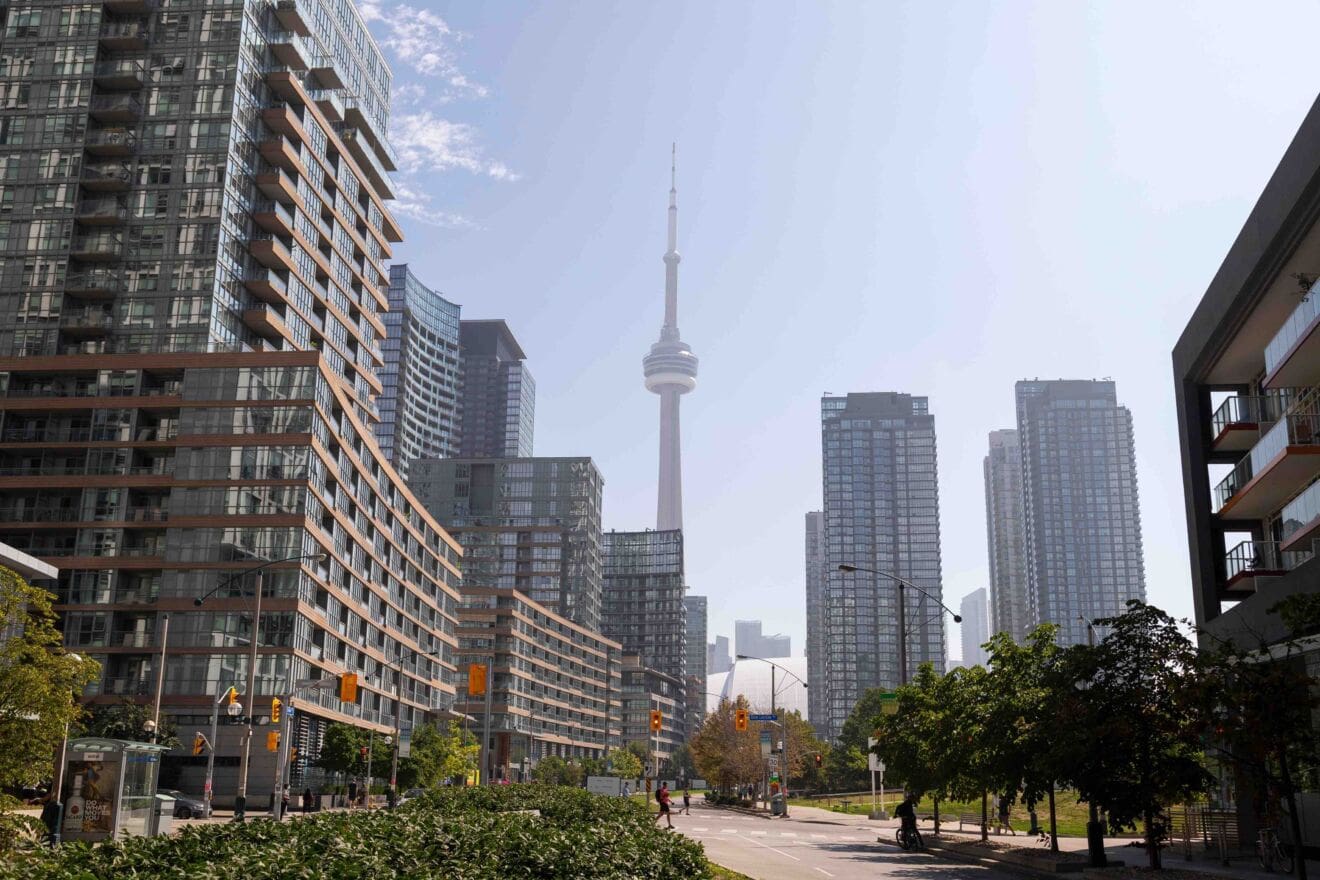
Tariffs, as a tool of international trade policy, can create ripples throughout various sectors of an economy, and real estate is no exception. In the vibrant and dynamic Toronto market, understanding how tariffs might influence the landscape is crucial for buyers, sellers, and investors alike. Let’s delve into some potential short and long-term effects.
Tariffs – Some Short-Term Considerations
In the immediate term, the imposition of tariffs on imported goods, particularly construction materials like steel and lumber, can impact development costs. Higher material prices can translate to increased expenses for builders and developers. This could lead to a slight uptick in new construction prices as these costs are factored into the final sale price. For buyers looking at new builds, this might mean adjusting budgets slightly.
However, this can also present opportunities. Developers might seek innovative solutions, explore alternative materials, or refine construction processes to mitigate the impact of tariffs. This can lead to greater efficiency and potentially foster local sourcing, strengthening domestic industries. For investors, this period might offer chances to support developers who are adapting proactively.
Furthermore, initial market reactions to tariff announcements can sometimes create short-lived uncertainty. Some buyers might adopt a wait-and-see approach, while others might accelerate their purchase decisions to avoid potential future price increases. This fluctuating demand can create a dynamic market, with pockets of opportunity for both buyers and sellers who are well-informed and prepared.
Long-Term Considerations of Tariffs
Over the longer term, the effects of tariffs on the Toronto real estate market become more nuanced. If tariffs lead to increased domestic production of construction materials, it could foster local economic growth and job creation. This, in turn, can enhance overall economic stability and potentially boost housing demand as more people find employment and settle in the region.
Moreover, tariffs can sometimes prompt a re-evaluation of supply chains. Developers might diversify their sourcing, reducing reliance on any single source and building resilience against future trade fluctuations. This diversification can lead to a more stable and sustainable construction sector in the long run.
Another long-term consideration is the potential impact on interest rates. While the relationship between tariffs and interest rates is complex, central banks might adjust monetary policies in response to trade changes. Keeping an eye on these adjustments is essential for understanding long-term mortgage rates and housing affordability.
Navigating Changes
For those engaged in the Toronto real estate market, staying informed and adaptable is key. Monitoring economic indicators, including construction costs, trade policies, and interest rate trends, can provide valuable insights. Engaging with real estate professionals like us, who have a deep understanding of market dynamics can also be beneficial.
While tariffs can introduce complexities to the Toronto real estate market, they also prompt innovation and adaptation. By staying informed, exploring opportunities, and working with knowledgeable professionals, buyers, sellers, and investors can navigate the market effectively and make sound decisions. The Toronto market’s resilience and dynamism often turn challenges into new avenues for growth and prosperity.

TRB Education Hub
Get the real estate resources you need to succeed. Visit our education hub for market insights, guides, podcasts and more.



